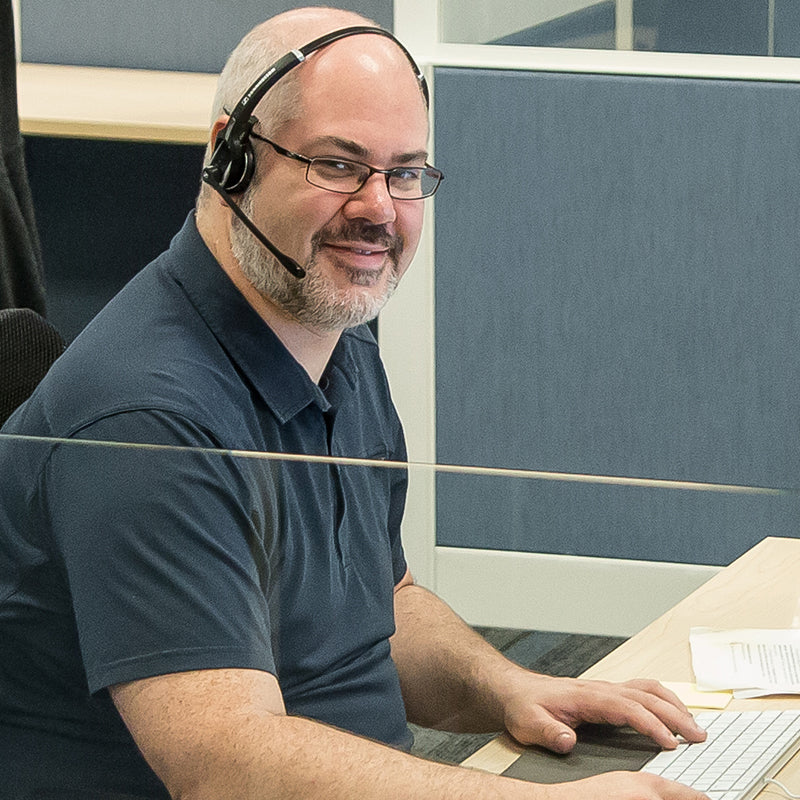Why you should check out the superb sounds, incredible feel, and huge convenience of electronic drums
The percussion family is one of the oldest groups of musical instruments in the world. The concept is simple: you hit something (usually with a stick, mallet, hands, or any other form of beater) in some sort of rhythm or pattern, and BANG! You have a percussion instrument. Drums are accessible, energetic, and provide the base for a lot of music. The drum set as we know it today has only been around for about 100 years, but in that time it has undergone some serious changes.
In the mid 1970s, the Pollard Syndrum arrived and kickstarted the electronic drum revolution. Over the following decades, synth-pop groups like Duran Duran popularized new models and sounds but gave the electronic drum a certain, shall we say, stigma. Then Roland released the TR-808 Rhythm Composer, but consumers found the synthetic nature of these sounds unrealistic, cheesy, and even silly.
Despite these setbacks, the synthetic drum sounds of the 808 and early electronic drums emerged, becoming cornerstones of modern hip-hop, rap, and pop music. In addition, decades of innovation pushed sampling technology forward, bringing us to a point where electronic drum kits can replicate acoustic kits with startling accuracy. Even the heads have become more realistic and mimic the feel of real drum heads.
There are a lot of preconceived notions of what electronic drums are, how they sound, and what they are capable of. However, there are numerous benefits to owning an electronic drum set and/or augmenting your acoustic kit with some triggers or pads. Musical pioneer Bob Dylan gave the electric guitar a shot back in the Ô60s. Legendary Rush drummer Neil Peart had electronic drums worked into his mammoth set for decades. Maybe itÕs time for you to go electric too?


The Sounds - When I started working at Kraft Music in the fall of 2014, people talked about electronic drums and my brain immediately went to the sounds of the Ô80s with gigantic hexagonal heads and terrible cymbals. But when I heard and played the kits for myself, I was blown away. The kick drums were full and sturdy, the snares had character and depth, and the toms had the resonance and tone that I was accustomed to with acoustic kits. The cymbals had multiple zones, were chokable, and were quite responsive. Just four years later, electronic drum manufacturers have taken those impressive features and pushed them even further. In a live setting, I doubt that 98% of fans would be able to hear the difference. Sounds are sampled with incredible detail and length, ensuring that the decay is realistic. The modules on modern kits allow for greater flexibility and customization. Tune your drums with a push of a button and create your own kit combinations. You donÕt have just one kit at your fingertips, you have hundreds.
The Feel - Remember those pads I was telling you about from the Ô80s with the crazy geometric shapes? Those days are long gone when it comes to a modern digital drum set. Textured silicone and mesh pads lead the way, in partnership with responsive rubber pads. YamahaÕs TCS (textured cellular silicone) pad design is incredibly quiet and performs superbly when tested by the worldÕs greatest drummers. The mesh pad designs of Alesis and Roland give the player the option to adjust head tension while also standing up to the tests of expressive and technical drummers. And for those of you used to pounding out paradiddles on practice pads, there are plenty of kits that use the rubber pads that have made tremendous strides in their responsiveness. There is no right or wrong way to go. Much of this is personal preference, but I can tell you that modern pads feel great and respond exceptionally to dynamic playing.
The Convenience - How many hours of your life have you spent micing, packing up, or tearing down your acoustic drum set? Kiss those drum microphones goodbye! Most electronic kits will have stereo/mono outputs to go direct from the module to either a PA system or amplifier. After you initially setup your electronic kit and get the cables tied, taking it apart and putting it back together is a piece of cake. The pads themselves are smaller and less bulky than individual drums, and most of what you need is already attached to the rack. The next time you load in and out of a gig, youÕll be amazed how easy it is. Plus, the sound engineer will love you!
Did I mention how quiet an electronic drum set is? Your neighbors, bandmates, partners, and ears will thank you. There will always be a couple of thuds that happen when hitting the pads and using the kick, but compare that to the bombastic sounds of a full kit with cymbals. No contest! Throw on some headphones and you have the ability to practice as late or early as you want.
ItÕs an exciting time to be a drummer. Electronic drum technology has reached a new peak and has even the most die-hard acoustic purists considering what an electronic drum kit might do for them. Check out our numerous, detailed demo videos on kits from Alesis, Yamaha, Roland, and more! Our experienced sales staff can help with any questions and find the right kit for you. If Dylan and Peart could go electric, think about what you can do!







YOUR MUSIC TECHNOLOGY STORE SINCE 1984